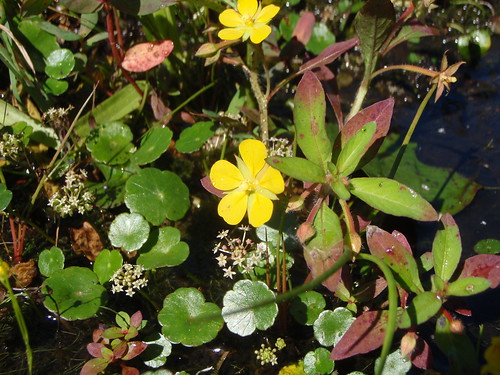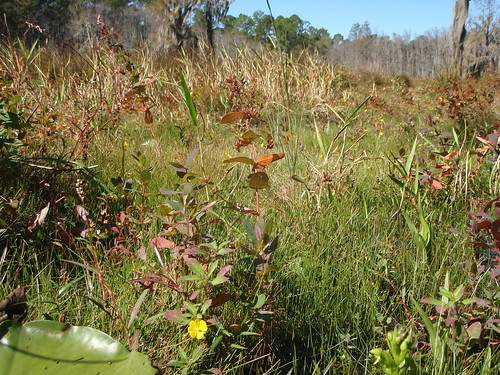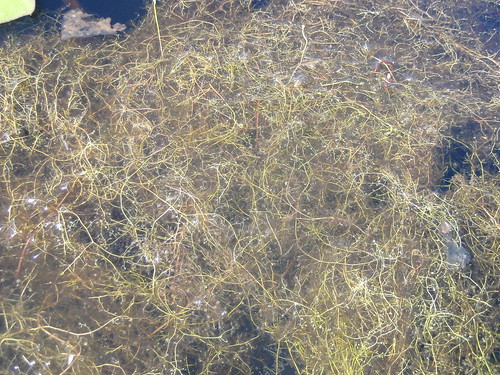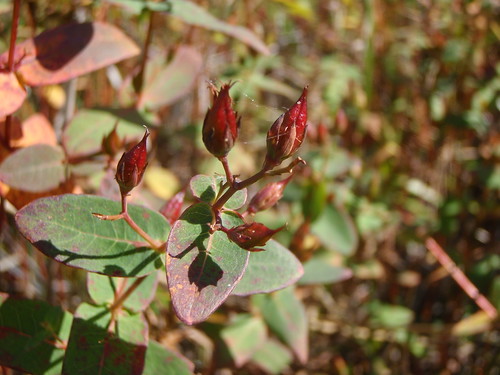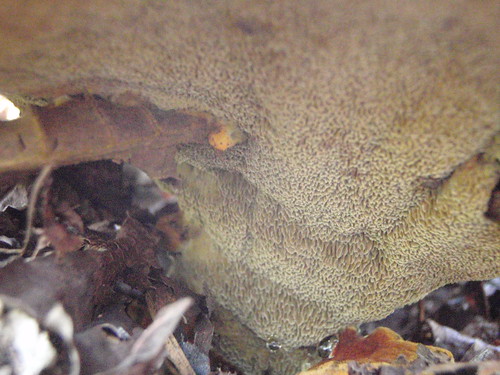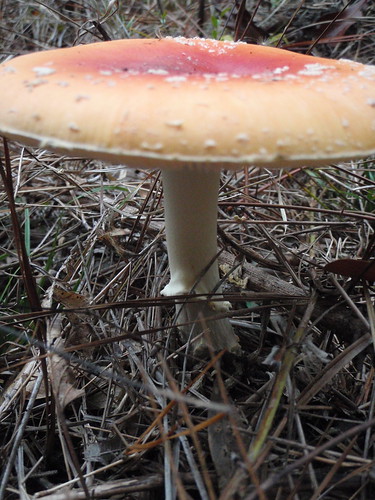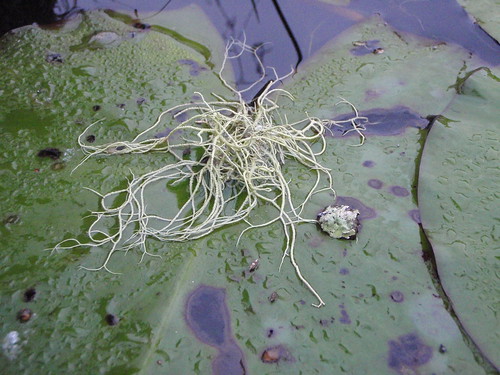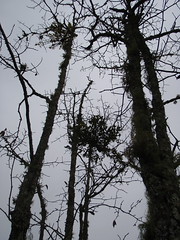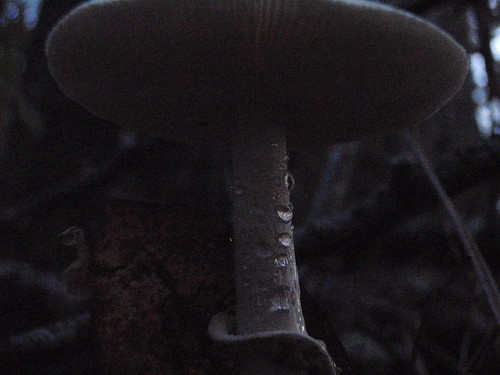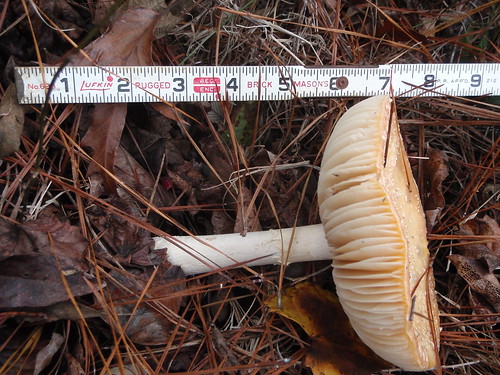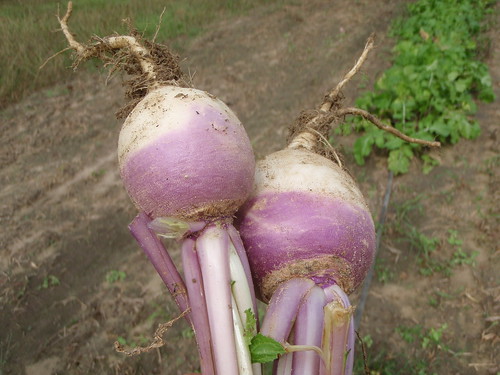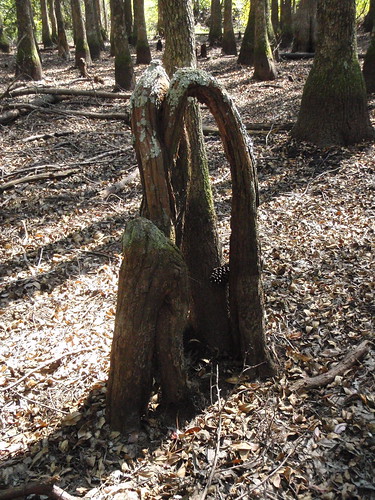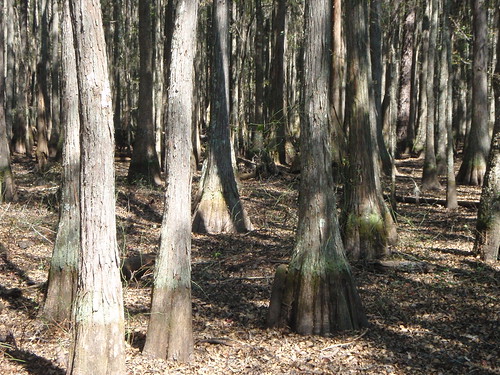These yellow and white flowers are growing on floating bottom in the middle of a pond. Looks like a lush prairie:
But if you step on it, you will sink through into water. Here’s what you find at the edge of the floating bottom:
I think that’s bladderwort, which is a carnivorous plant that eats small insects.
And for another color:
Pictures by Gretchen Quarterman, 1 Nov 2009, Lowndes County, Georgia. More pictures in the flickr set.
